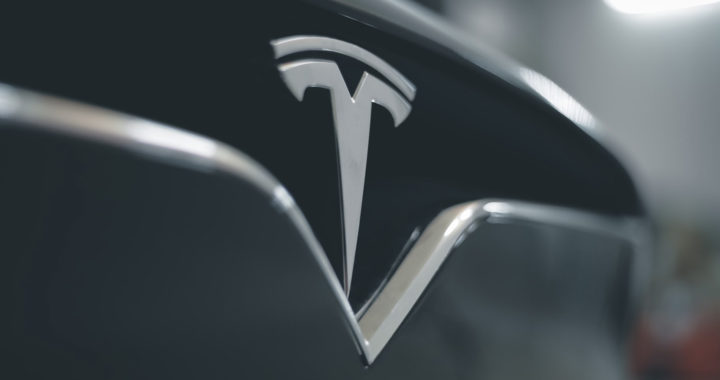The appeal of electric vehicles has grown substantially over the years and they will become more popular in the years to come. Tesla has an incontestable part in promoting the transition from vehicles based on combustion engines. After all, in considering its accomplishments, the company has revolutionized the required battery technology while also becoming one of the most valuable companies and the most valuable automaker in the world. Appreciating the success of Tesla requires understanding the sources of its competitive advantage.
Looking Into the Competitive Advantage of Tesla: Key Strengths that Give It a Competitive Edge Against Its Competitors
1. Superior Battery Technology: Leading the Development of Batteries Needed in Its Electric Vehicles and Solar Power Solutions
Vertical integration is one of the sources of competitive advantage of Tesla. This is demonstrated in its development and successful implementation of a superior energy storage solution based on lithium-ion battery technology.
Remember that the company has positioned itself as a clean energy technology company that designs and manufactures electric vehicles and provides solar power systems for residential and commercial markets. Energy storage is crucial in the feasibility of electric vehicles and even the practicality of renewable energy systems.
Tesla develops and manufactures batteries. These capabilities allow it to manage its competitive environment and reduce the bargaining power of the suppliers while lessening its exposure to risks associated with disruptions in the supply chain.
2. Emerging Tesla Product Ecosystem: Maximizing Earnings Potential and Retaining Customers Through Product Complements
The company also has an expanding product portfolio that includes several products and other services that complement its main electric vehicle products and solar energy solution. The portfolio creates an almost closed product ecosystem that is similar to the competitive advantage of Apple and its specific product strategy.
For example, for its vehicles, Tesla also offers software, wireless connectivity service, insurance, vehicle servicing and other after-sales services, and its proprietary charging technology coursed through its Supercharger and Destination Charging networks.
The entire Tesla Energy subsidiary is a well-rounded solar energy solution that includes products such as the Tesla Solar Roof and Tesla Solar Inverter, as well as the home energy storage device Powerwall and the large-scale energy storage systems Powerpack and Megapack. It also has software for monitoring and controlling its solar energy system.
Nevertheless, in considering the entire product ecosystem, the company lessens the threats from alternative products and even product substitutes while also maximizing its potential to earn or generate sales from its retained customers.
3. Well-Rounded Business Capabilities: Controlling its Entire Value Chain and Other Business Requirements Through Vertical Integration
Remember that vertical integration is a notable competitive advantage of Tesla over other automakers. Most of its competitors outsource supplies, production capabilities, and other business requirements from other providers.
The company has consolidated critical parts of its supply chain by developing in-house production capabilities. It manufactures specific vehicle components. Furthermore, with regard to distribution, it does not depend on auto dealerships. Tesla sells its products through its company-owned stores, galleries, and its websites.
Vertical integration lessens the risks associated with dependence on suppliers and other firms both for its production and distribution requirements. This strategy also lowers transaction costs, removes switching costs, and captures profit margins.
4. Extensive Access to Capital Markets: Ease in Raising Capital Needed for Research and Development, and Business Expansion
Another strength of Tesla is its access to capital. The company raises funds needed to finance its research and development efforts, as well as its business expansion plans or strategic direction through the stock market, bonds market, and credit market.
The company is traded on the Nasdaq Stock Market. It can raise capital by issuing and selling shares to individual and institutional investors. Furthermore, it has also raised capital by issuing bonds or securing loans from other financial institutions. Both its reputation and high market valuation make it attractive to investors.
Access to capital is critical to get ahead of the competition. Tesla has positioned itself as a tech company involved in providing clean energy solutions. Its future as a business depends on capital-intensive research and development activities.
In addition, considering its vertical integration strategy and expansion plans, it also depends on its capability to raise funds to acquire other businesses or their technologies and intellectual properties. Tesla has made several strategic acquisitions in the past that has improved its production capabilities and expanded its tech portfolio.
FURTHER READINGS AND REFERENCES
- Garcia, C. “Tesla Stock: Advantages and Disadvantages.” Fincier. Available online
- Neuman, R. 2023. “How To Invest in Tesla.” Fincier. Available online
- Pineda, M. E. 2022. “Business Strategy of Tesla.” Profolus. Available online
- Yeung, N. 2022. “Is Tesla a Tech Company: The Debate Explained.” Profolus. Available online





